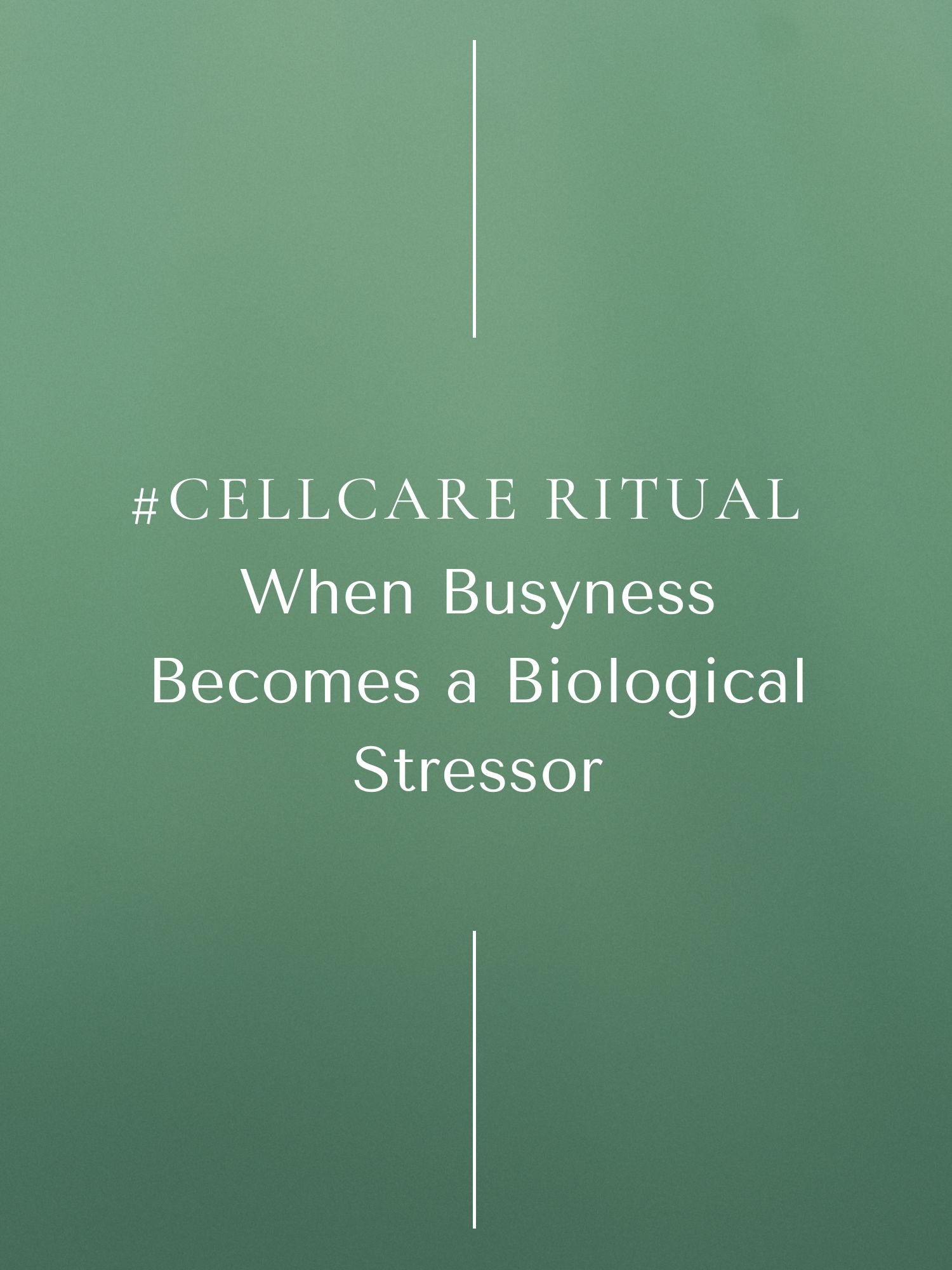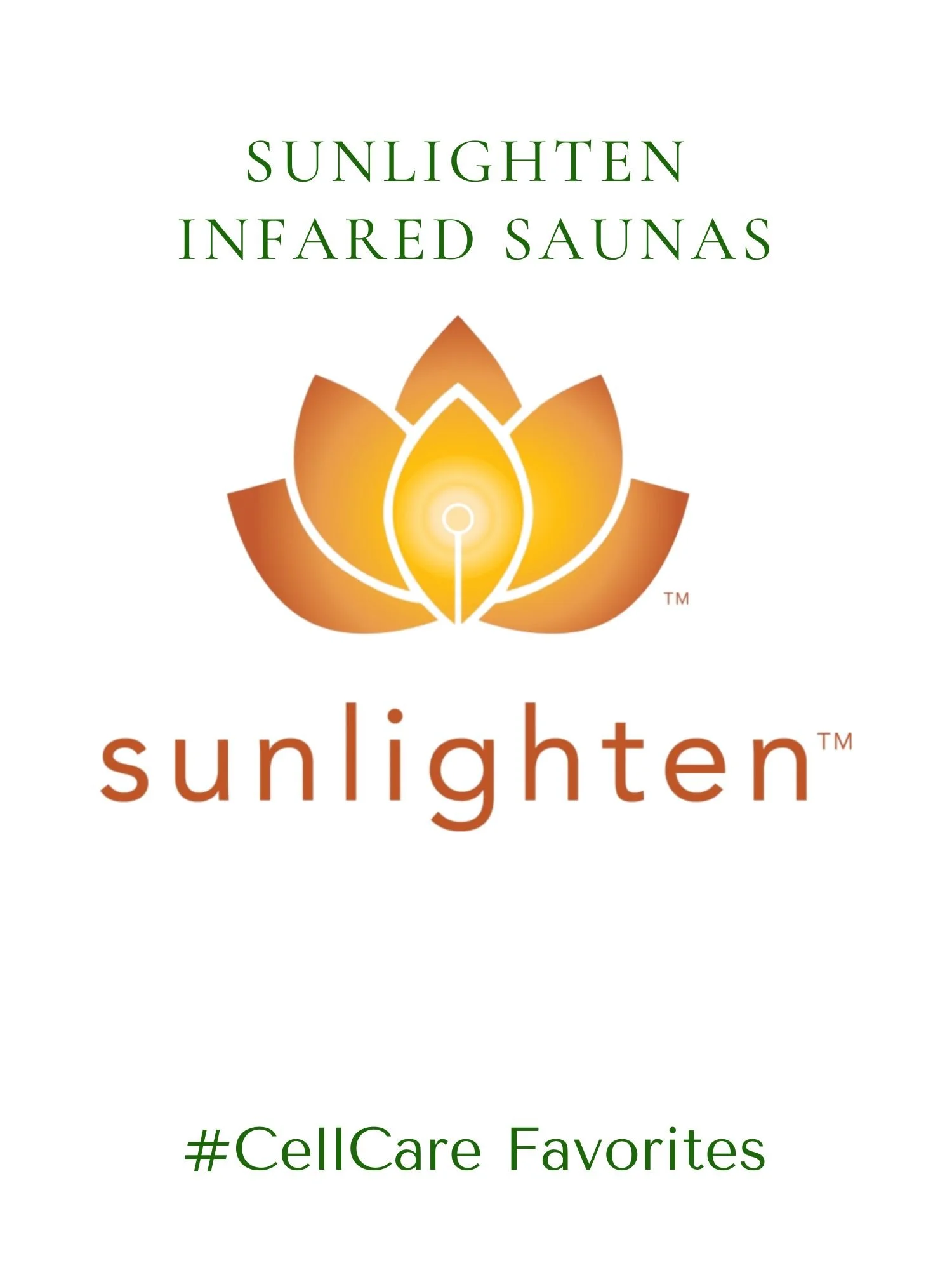Space as Sanctuary | How Your Home Can Heal Your Mind, Body, and Spirit
What if your home could become your healer?
On a hectic morning, Sarah rushed through her routine—coffee in hand, weaving through cluttered countertops, piles of laundry, and scattered papers. By the time she left for work, she felt drained, distracted, and tense. She wondered why, despite sleeping eight hours, she woke up feeling anxious and restless.
What Sarah didn’t realize is that her environment was communicating directly with her body and brain. Clutter, chaos, and disorganization signal stress, increase cortisol, and keep the body in a low-grade fight-or-flight mode. Over time, disorganized spaces chip away at mental clarity, emotional balance, and even cellular health.
Now imagine if Sarah took small steps to transform her environment: diffusing calming essential oils, adding a few plants, letting natural light fill her home, and keeping her desk organized. Suddenly, her space became restorative rather than draining. Every corner, intentionally arranged, contributed to calm, focus, and wellbeing. Her home was no longer just a place to live—it was a sanctuary that nurtured her mind, body, and emotions.
In The Anatomy of Wellbeing, Chapter 8: Space as Sanctuary, Dr. Monisha Bhanote explores how the environments we inhabit—our homes, workspaces, and shared spaces—directly influence our stress levels, emotional resilience, and overall cellular wellbeing.
🎧 Chapter 8: Space as Sanctuary is available now in the audiobook. [Listen on Spotify, Apple Books, Hoopla, Amazon.]
Why Your Space Matters
Scent as a Mood Modulator
Scent has a powerful effect on mood and memory because it’s processed by the limbic system. Pleasant or comforting aromas can reduce stress, enhance focus, and evoke calm. While many use commercial candles, Dr. Bhanote recommends natural alternatives like soy or coconut wax candles infused with essential oils, fresh flowers, or the smells of cooking, which create restorative experiences without harmful chemicals.
Nature’s Healing Touch
Exposure to plants, natural light, and nature imagery improves mood, reduces stress, enhances focus, and supports physical health. Plants purify air, stimulate relaxation, and even boost productivity. Students in plant-filled classrooms concentrate better, and employees in green offices take fewer sick days. Even artificial plants can offer psychological benefits, reconnecting us to growth, life cycles, and subtle calm.
Organization as Stress Prevention
Clutter increases cortisol, fragments attention, and fuels anxiety. A minimal, well-ordered workspace fosters clarity, focus, and emotional regulation. Keeping only essential items at your desk and maintaining planners or task lists reduces mental load and provides a tangible sense of accomplishment. Regular evaluation and tidying prevents small messes from snowballing into stress triggers.
Rituals to Transform Your Space
Creating a sanctuary in your home or workspace doesn’t require a complete overhaul—it’s about incorporating intentional rituals that support calm, focus, and wellbeing. By making small, consistent changes to how you engage with your environment, you can turn everyday spaces into restorative places that nurture both your mind and body.
Key Practices to Transform Your Space
Optimize Workspaces Position desks toward natural light or nature imagery, include plants, and maintain clutter-free surfaces. Organize kitchens and closets to make healthy foods and essentials easily accessible, supporting mental clarity and physical health.
Mindful Chores Turn mundane tasks like washing dishes, folding laundry, or tidying up into meditative rituals by focusing on intention, using music, or practicing mindfulness.
Aromatherapy and Color Use essential oils—such as lavender, peppermint, eucalyptus, frankincense, and citrus—to relax, energize, or support immunity. Apply color therapy in your environment: calming blues and greens in workspaces, energizing yellows in kitchens, and meaningful wall art to evoke happiness and inspiration.
Daily Practices for Calm Spend twenty minutes each night tidying up, carry items to their proper places, and ventilate rooms with fresh air to prevent clutter accumulation, refresh the space, and reduce stress.
Savor Your Space Practice la dolce far niente, the art of doing nothing intentionally. Pause to observe your surroundings—watch clouds, enjoy music, or engage with children at play—to activate the parasympathetic nervous system and foster relaxation, joy, and presence..
Why Sanctuary Matters Today
Our environment reflects and influences our inner state. Intentionally curated spaces promote better sleep, focus, emotional balance, and cellular wellbeing. Small, achievable interventions—plants, scents, color, organization, and mindful rituals—can transform stress-inducing spaces into restorative sanctuaries. A home that nurtures you supports your mind, body, and spirit, improves relationships, and allows daily life to feel calmer and more balanced.
Listen to The Anatomy of Wellbeing Wherever You Are
Discover how your environment can elevate wellbeing and transform daily life. Create a sanctuary that nurtures your mind, body, and spirit with guidance from The Anatomy of Wellbeing.
Start listening today on your favorite platform:
Share your sanctuary transformations on Instagram @drbhanote using #CellCare—because true wellbeing starts with the spaces you inhabit.
The information on this website has not been evaluated by the Food & Drug Administration or any other medical body. We do not aim to diagnose, treat, cure or prevent any illness or disease. Information is shared for educational purposes only. You must consult your doctor before acting on any content on this website, especially if you are pregnant, nursing, taking medication, or have a medical condition. Our content may include products that have been independently chosen and recommended by Dr. Monisha Bhanote and our editors. We may earn a small commission if you purchase something mentioned in this article.
You may also like:
by Dr. Monisha Bhanote
✅ EVIDENCE-INFORMED REVIEWED ARTICLE














